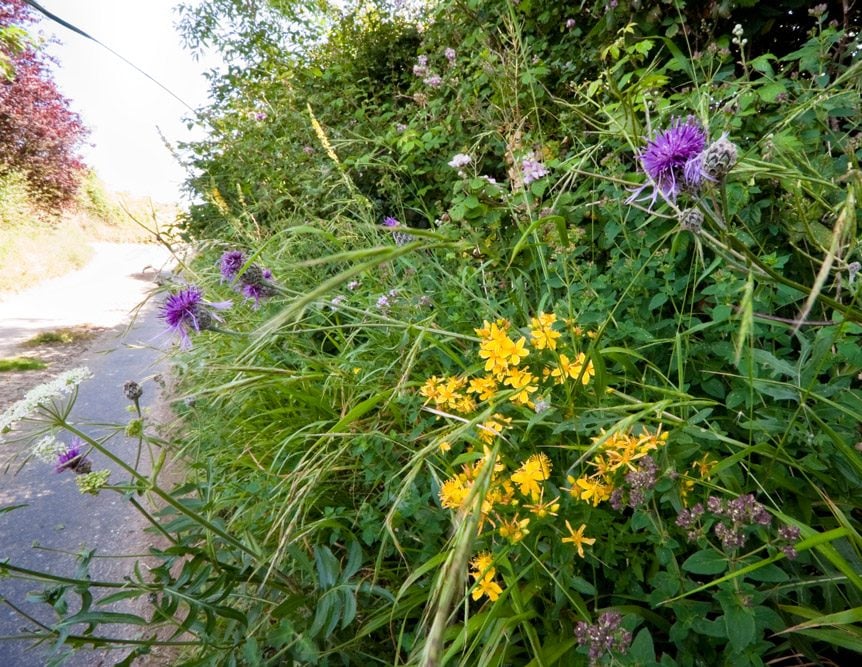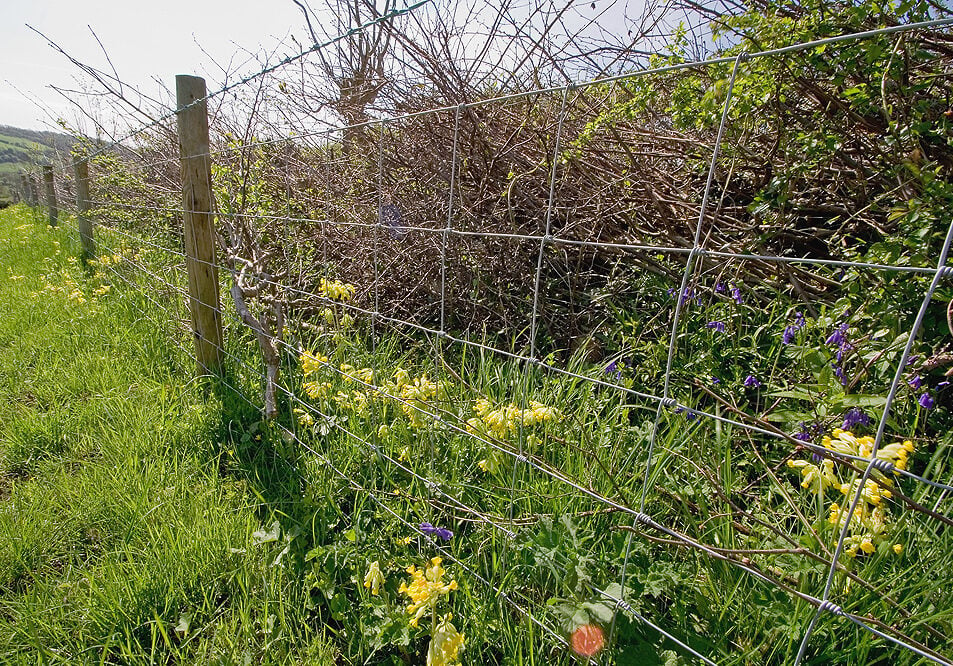Suggested Sowing Rates
15kg/ha 6kg/acre 1.5g/m2
Description
EH1F contains wild flowers that are tolerant of semi-shade and is suitable for sowing beneath newly planted or established hedges, within orchards and on woodland edges, rides and glades.
Growing Guide
100% wild flower mixtures are best sown into existing grass or combined with a suitable grass seed mix. If sown alone without grass onto bare soil the spaces left between the sown flowers will be filled by grasses and other weeds.
Ground Preparation
When sowing wild flower seed directly into existing grass the site must be carefully chosen and the ground preparation must be good. Select grassland on poor to moderately fertile soil with a fine or open sward structure and few perennial weeds or vigorous grasses. Control any perennial weeds such as docks or thistles. Prepare the ground for sowing in late summer by cutting and/or grazing very hard and create gaps either with harrows or by raking (aiming to create around 50% bare soil).
Sowing
Sow in the autumn using a 100% wild flower mixture. Bulk up the seed with an inert carrier such as sand to make distribution easier. The seed must be surface sown and can be applied by machine or broadcast by hand. Rolling is not usually necessary.
First Year Management
After sowing continue mowing or grazing as needed aiming to keep the grass short (30-50mm). Continue mowing/grazing through winter and early spring as needed. Stop mowing/grazing in April and leave until July/August at which time you can manage the sowing as you would established grassland as described below.
Most of the sown meadow species are perennial and will be slow to germinate, grow and flower, particularly against the competition from established grasses.
Management Once Established
Hedgerows, woodland edges, rides, glades and other semi-shaded communities usually sit on the boundary between one habitat type (eg open grassland) and another (eg closed tree canopy). The management requirements of established hedgerow mixtures can be tailored to light levels and to fit in with adjacent vegetation types.
Zoned management of hedgerow margins frequently produces the best diversity of habitat structure: areas closest to the hedge or woodland boundary and those which are more shaded are left uncut in most years. Areas that are further from the margin and more open can be managed as grassland habitat. For example in a 6 metre sown margin the 2-3 metres against the boundary could be left uncut, the next 3-4 metres cut once or twice a year.
Hedgerow vegetation that is not mown or grazed each year will become rough and “tussocky” in character. It can form useful refuge habitat on corners and margins of a site. To control scrub and bramble development these tussocky areas may need cutting every 2-3 years between October and February. For wildlife this cutting is best done on a rotational basis so that no more than half the area is cut in any one year leaving part as a undisturbed refuge. Hedgerows and margins that are cut regularly can be managed as grassland.



